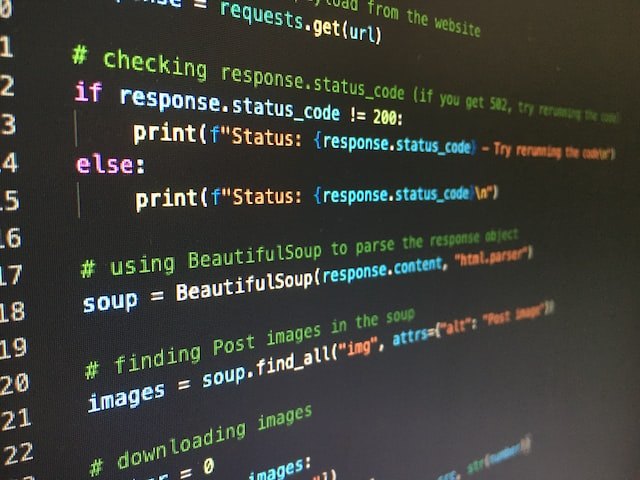The course aims to give basic knowledge on how to write programs in Python. The course consists of the following parts:
- Common command-line interfaces
- Jupyter notebooks and code editors
- Python-syntax: variables, data types, function, moduler
- File management, reading, converting and writing of data
- Version control with git
- Objekt-orientation and classes
- Program testing
- Common Python libraries (e.g. numpy, pandas, matplotlib)
- Scientific applications
